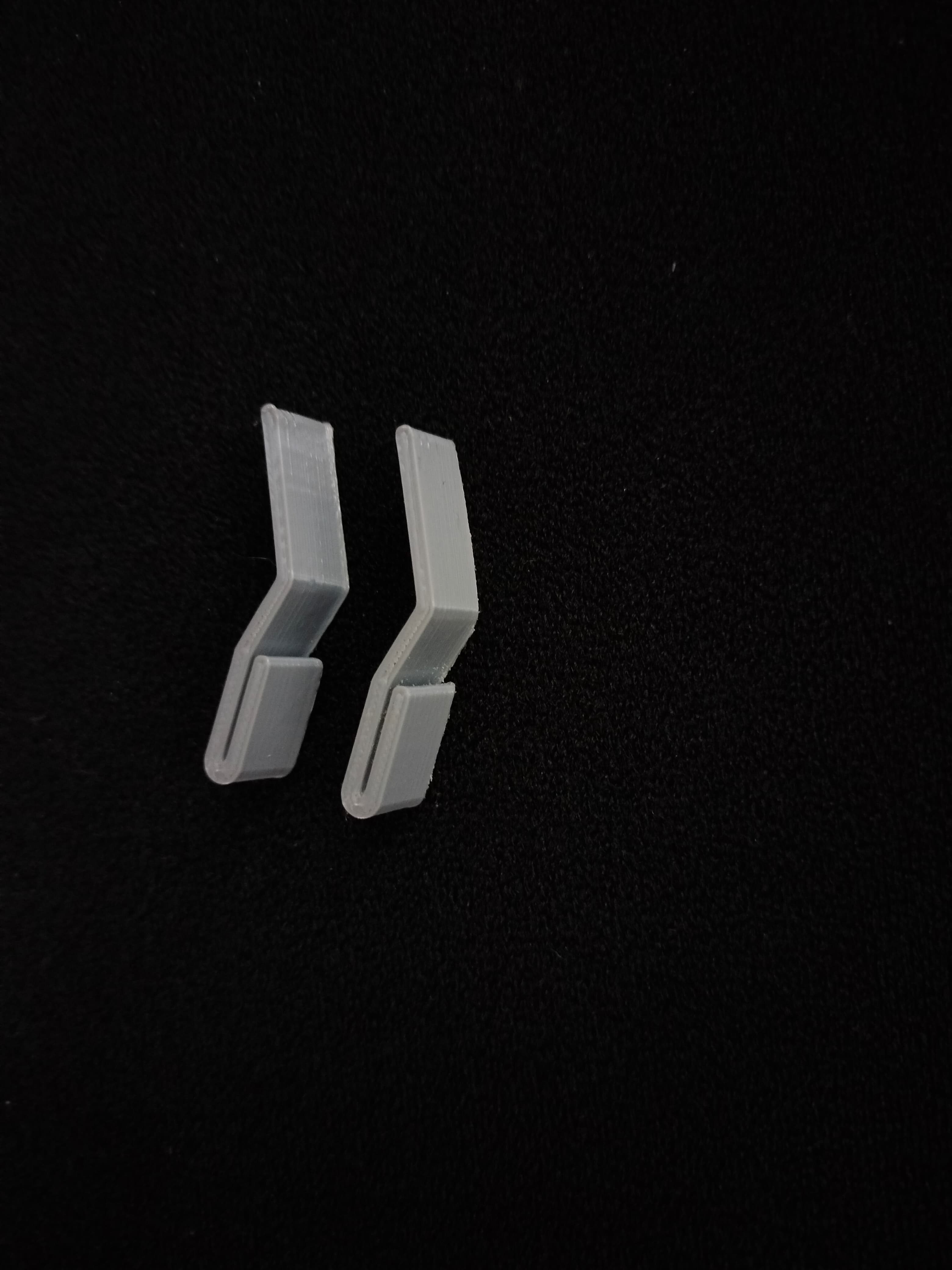About the need knower
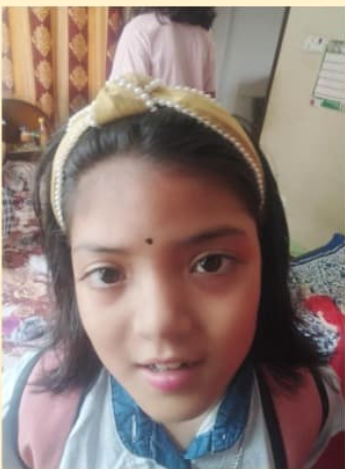
1.Nemika Paudel
Nemika is a 9-year-old autistic girl, who experiences, seizures, hypothyroidism, and asthma. She currently attends UKG and enjoys singing, traveling, loves to engage with people, forms relationships easily and has great imitation skills.
Subject/Need
Nemika requires support in improving her mobility, coordination, and writing skills, namely climbing stairs, jumping, and writing in a straight line. We aim to develop solutions to enhance her academic participation and performing daily activities more comfortably and independently.
Idea
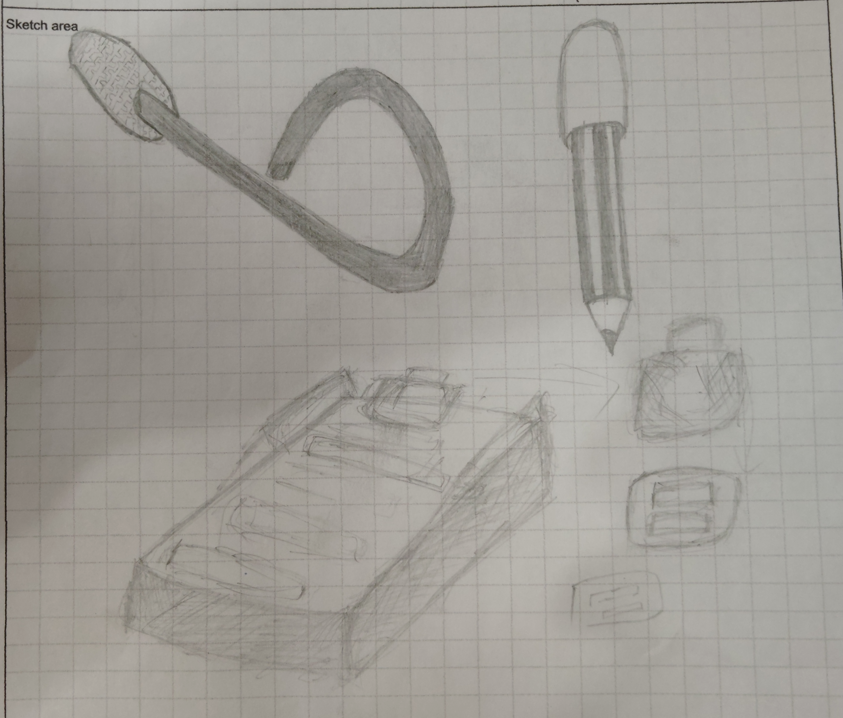
Potential solutions for Nemika included assistive devices like adaptive pencil grip and drawing devices, page turner, stencils for handwriting and mobility aids and activities to enhance her motor skills by incorporating engaging methods to improve participation.
Our next need knower is

2.Sonabung Rai
Sonabung is a non-speaking 5-year-old autistic girl child attending Playgroup and enjoys catching and throwing balls and pays attention to toys. She has difficulty gripping objects, climbing stairs, holding a pencil, and engaging in social communication.
Sonabung is a non-speaking 5-year-old autistic girl child attending Playgroup and enjoys catching and throwing balls and pays attention to toys. She has difficulty gripping objects, climbing stairs, holding a pencil, and engaging in social communication.
Subject/Need
Sonabung needs support in developing gross and fine motor skills, and communication to participate well in home and school environment. The solutions will focus on assistive devices and structured activities to enhance her ability to hold objects, navigate spaces, and engage with her surroundings.
Idea
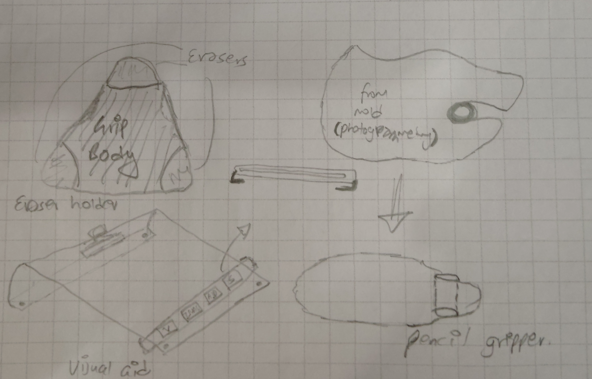
For Sonabung, solutions could involve sensory-friendly gripping tools, adaptive play activities, and interactive methods to improve her engagement with objects. Special attention will be given to improving her ability to interact and communicate through non-verbal means.
Our next need knower is
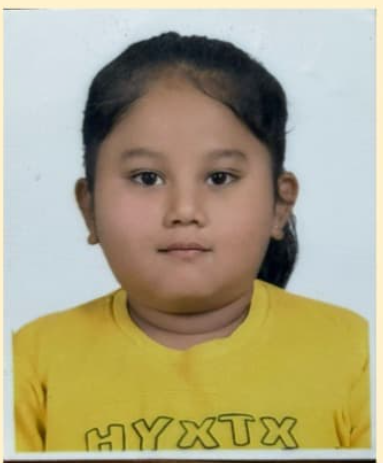
3.Breonna Rajbhandari
Breonna is a 9-year-old girl who had a right internal carotid artery stroke which resulted in right hemiplegia and vision difficulties. She loves mountains, trees, and animals and enjoys watching YouTube. Being very family-oriented, charming, and empathetic are her strengths.
Subject/Need
Breonna requires assistance with functional mobility, writing and reading capacities and vision related functions due to her stroke. Solutions will focus on enhancing her motor control, enhance her academic participation incorporating her strong interests in therapy.
Idea

For Breonna, the project will explore on assistive devices like angled adaptive board to write easily, hold books/stencils, interactive visual-digital engagement, and mobility-supports to aid her recovery. Activities that integrate her love for animals will be considered to encourage motivation.
Prototyping(s)
1.Stencils
Stencils assistive devices are precision-based tools designed to help individuals with motor control, visual impairments, or learning disabilities with writing and drawing tasks, incorporating digital components for interactive experiences.
Prototype
2.Clamp
Clamp assistive devices are tools designed to provide additional support and stability when holding, gripping, or securing objects. These devices are commonly used in various applications, including medical aids, and accessibility tools for individuals with disabilities.
Prototype
3.Eraser Holder
Eraser holder assistive devices are specially designed tools that help individuals with limited hand strength, dexterity issues, or motor impairments to grip and use erasers more comfortably and efficiently.
Prototype
4.PageTurner
Page turner are tools designed to help individuals with limited hand mobility or dexterity turn pages in books, magazines, or documents with ease. These devices are particularly beneficial for people with conditions such as spinal cord injuries, or other motor impairments.
Prototype
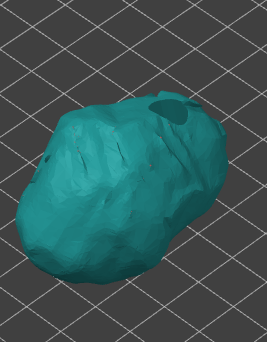
5.Pencil Griper
Pencil gripper are specially designed tools that help individuals with limited hand strength, poor grip, or motor control difficulties hold and use writing instruments comfortably. These devices are beneficial for children learning to write, individuals with disabilities.
Prototype
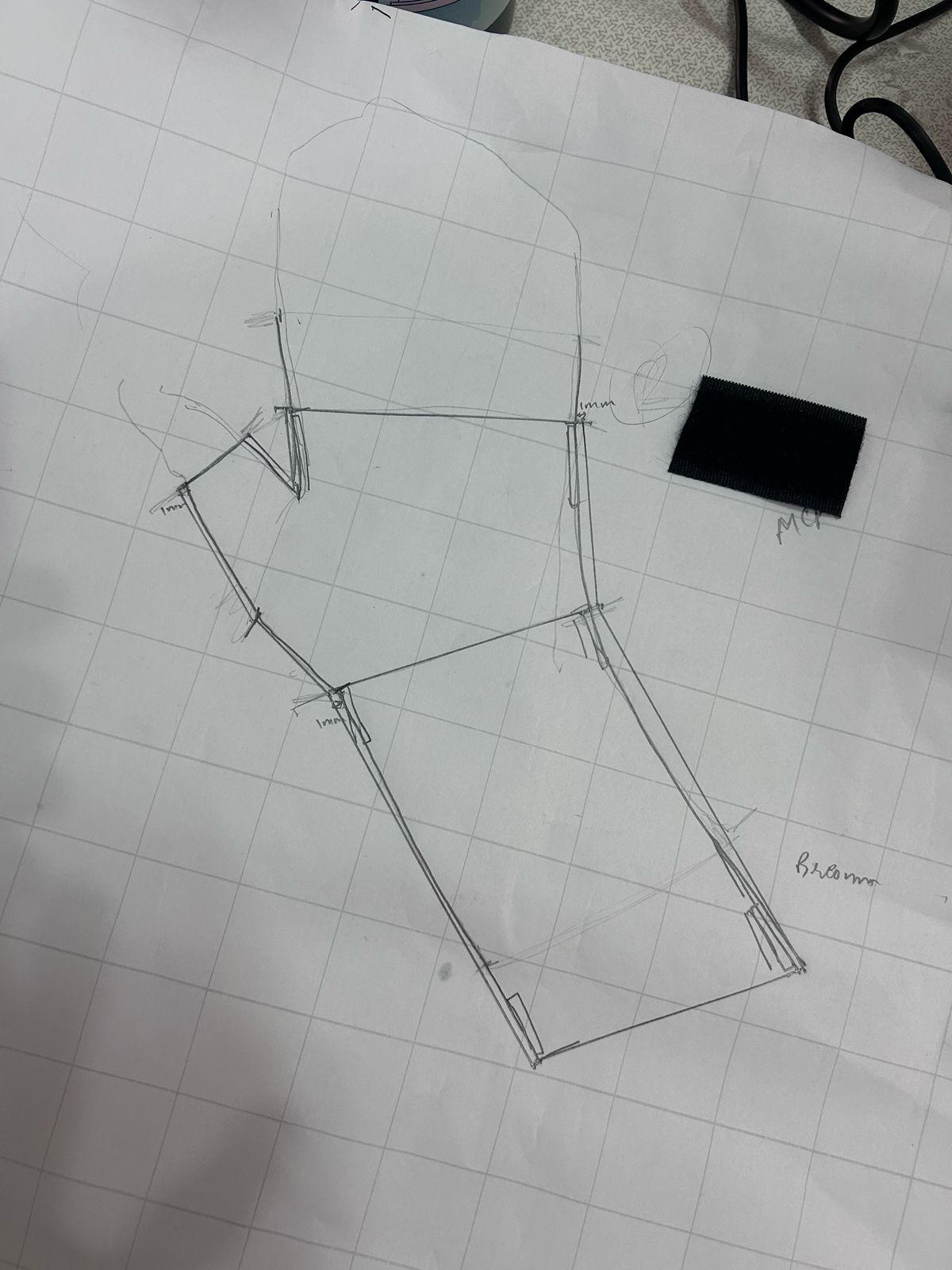
6.Cockup Splint
A cock-up splint is designed to support, immobilize, and position the wrist in a slightly extended position. It is commonly used for individuals with wrist injuries, neurological condition that affect hand function.
Prototype
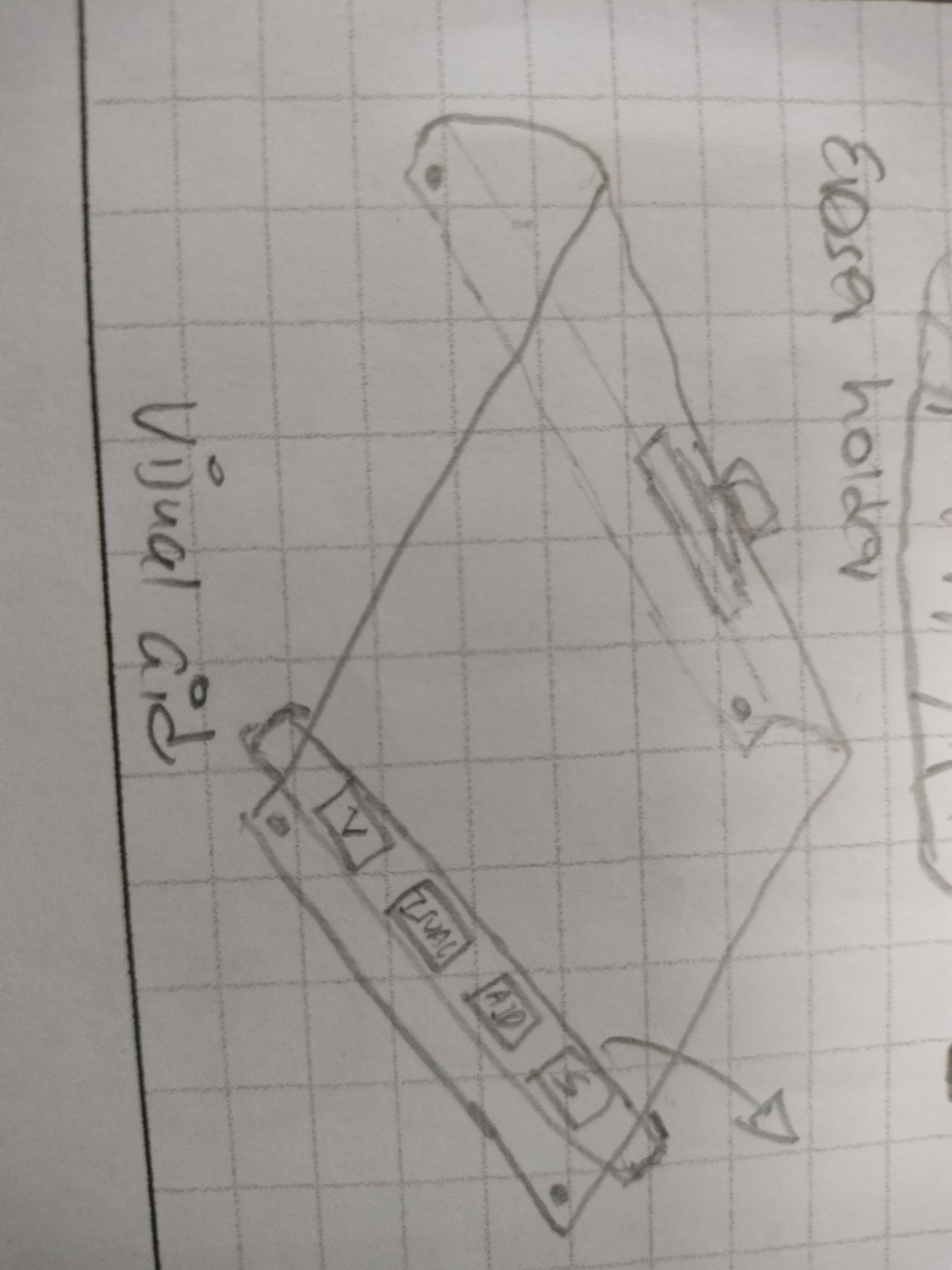
7.Visual Aid
Visual aid are designed to help individuals with visual impairments or blindness improve their ability to see, read, and navigate their environment. These devices enhance accessibility, independence, and quality of life for people with conditions such as low vision, blindness.
Result(s) :Stencils
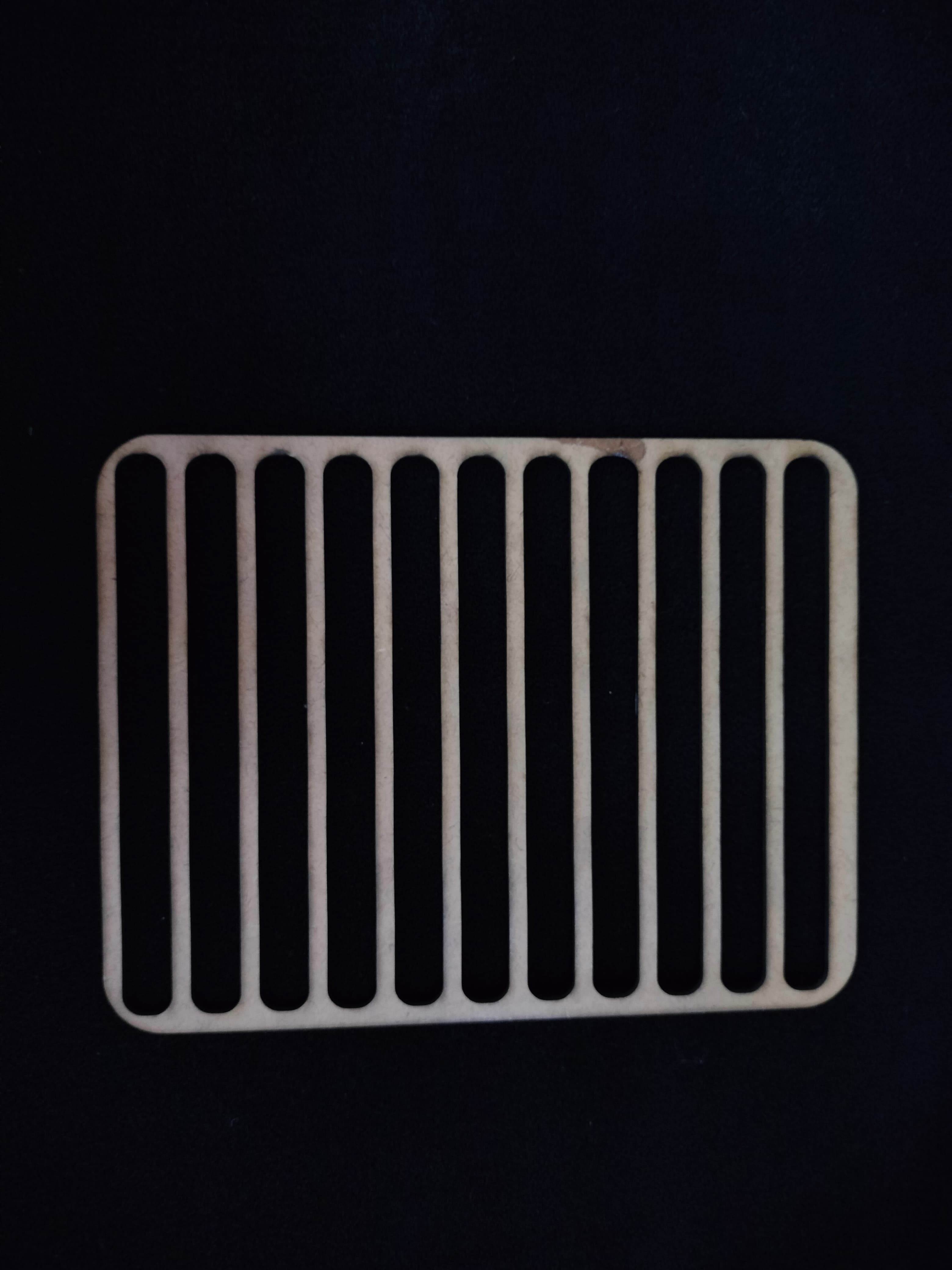
When writing on adaptive table, she had trouble writing on same guideline. The letters tilted gradually. After we used stencils , her letters were on same line. It helped her guide the motion.
Result(s):Visual Aids
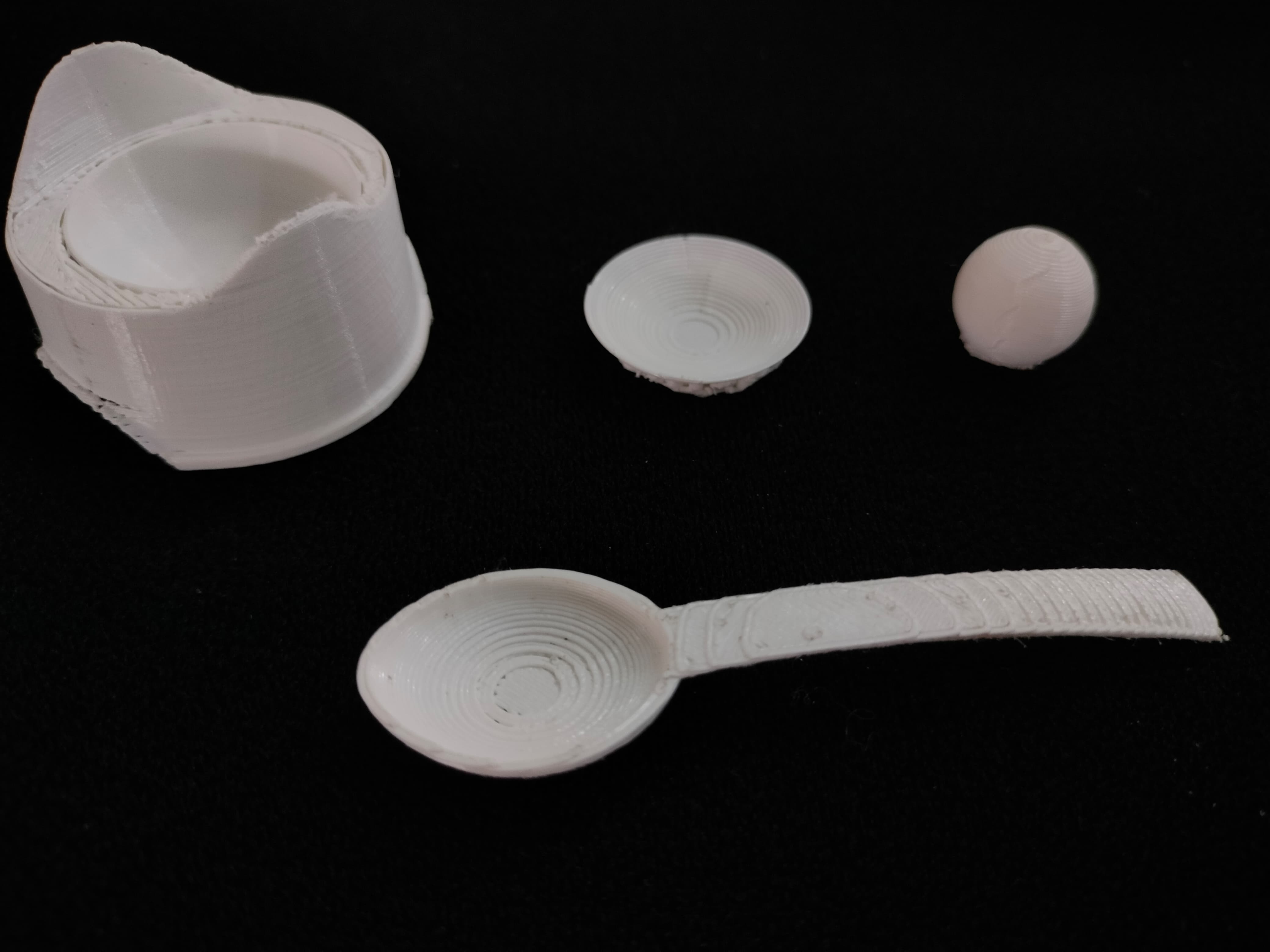
Miniature playful designs to facilitate communication due to the need knower being non verbal. These aids aim to assist her in communicating her needs in her daily life.
Result(s):Cock-up Splint
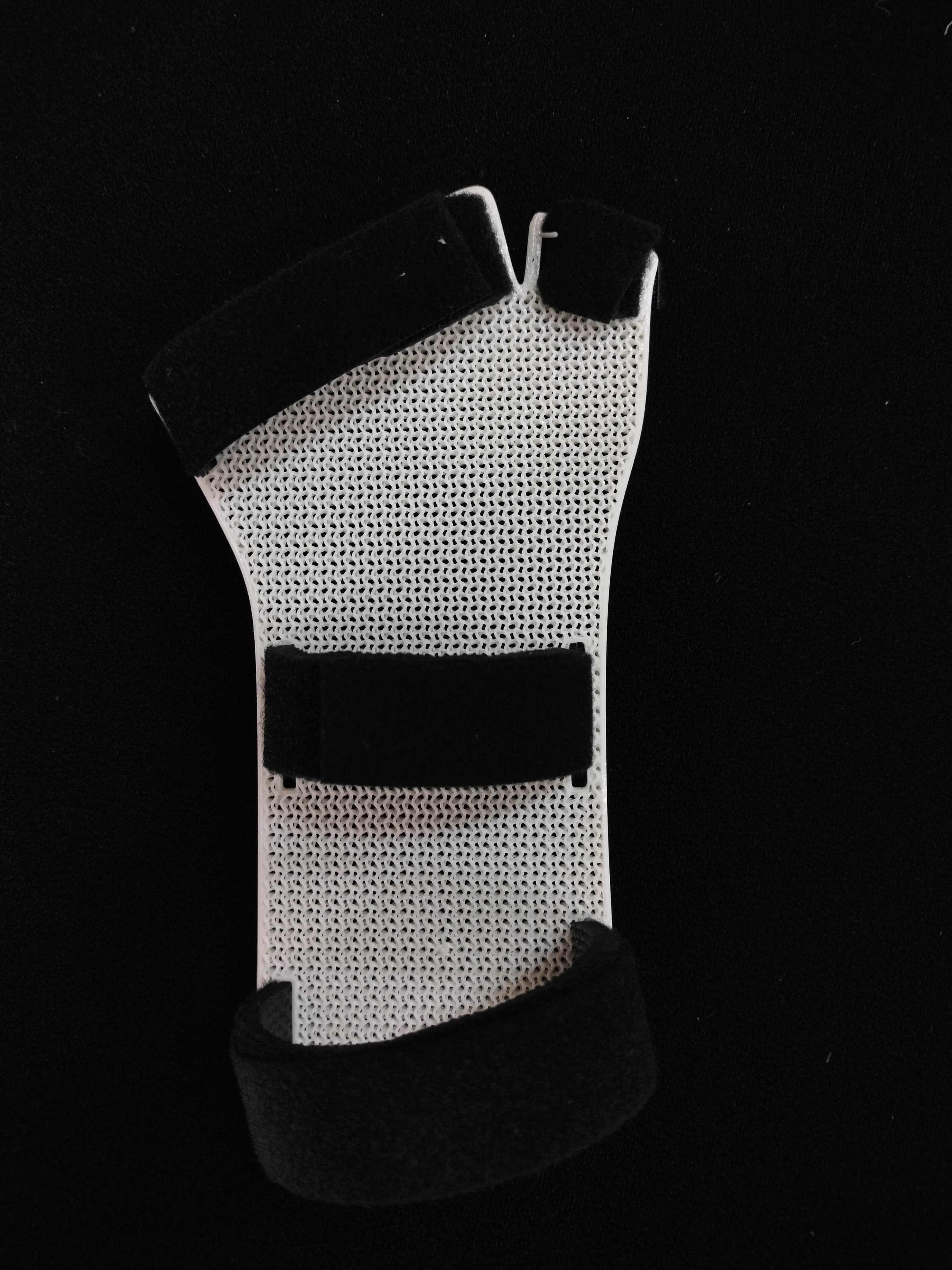
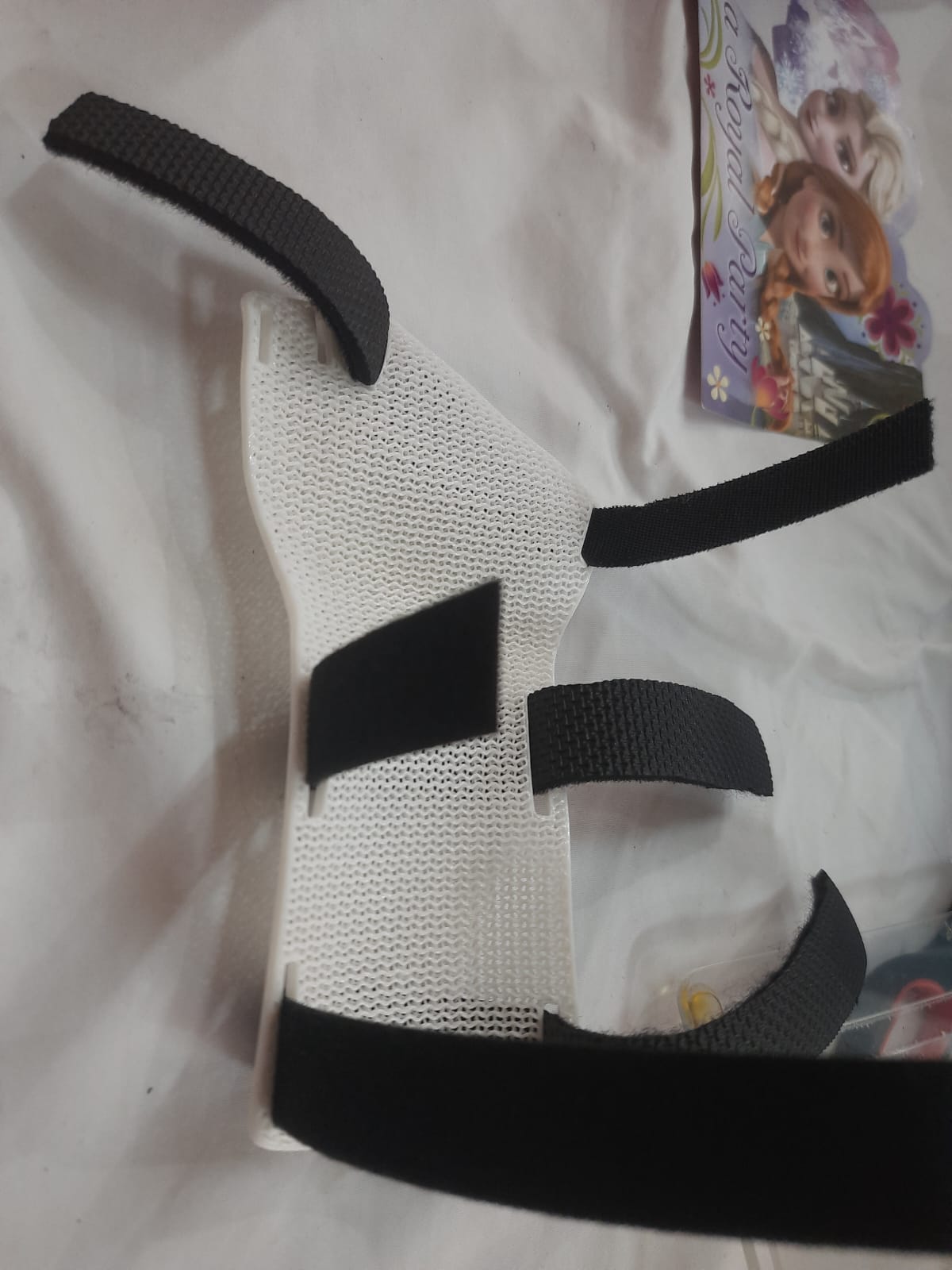
Her left hand is the dominant for now and for right hand to contribute in her daily works,we have cock up splint to stabilise the objects such as copy,books or the table for long timeBreonna hand splint
Result(s):Page Turner
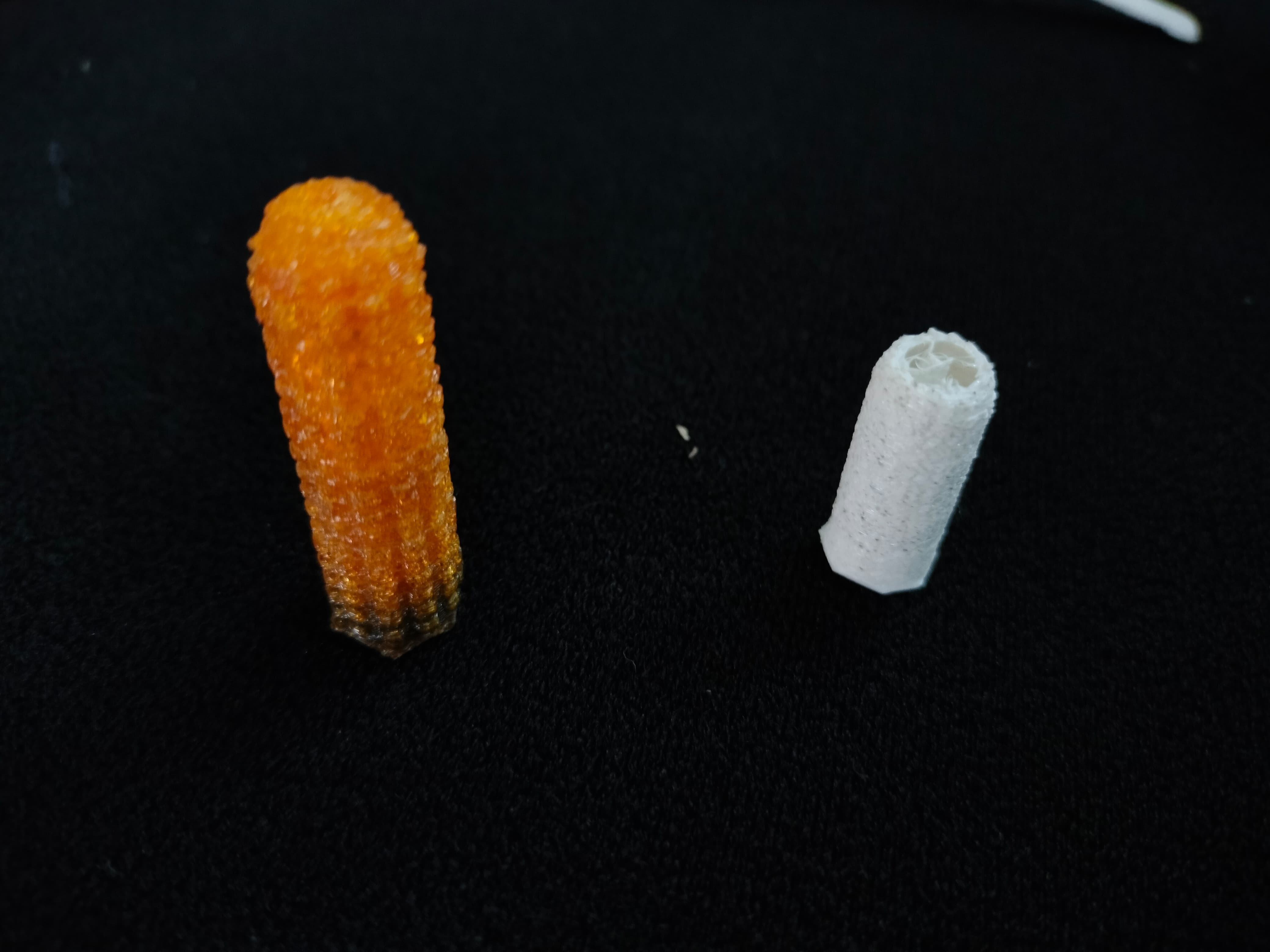
During academic activities, the act of page turning was difficult for her due to the lack of coordination in movement, hence the turner was designed for her to be able to use her body movement to turn pages comfortably.
Result(s):Eraser Holder
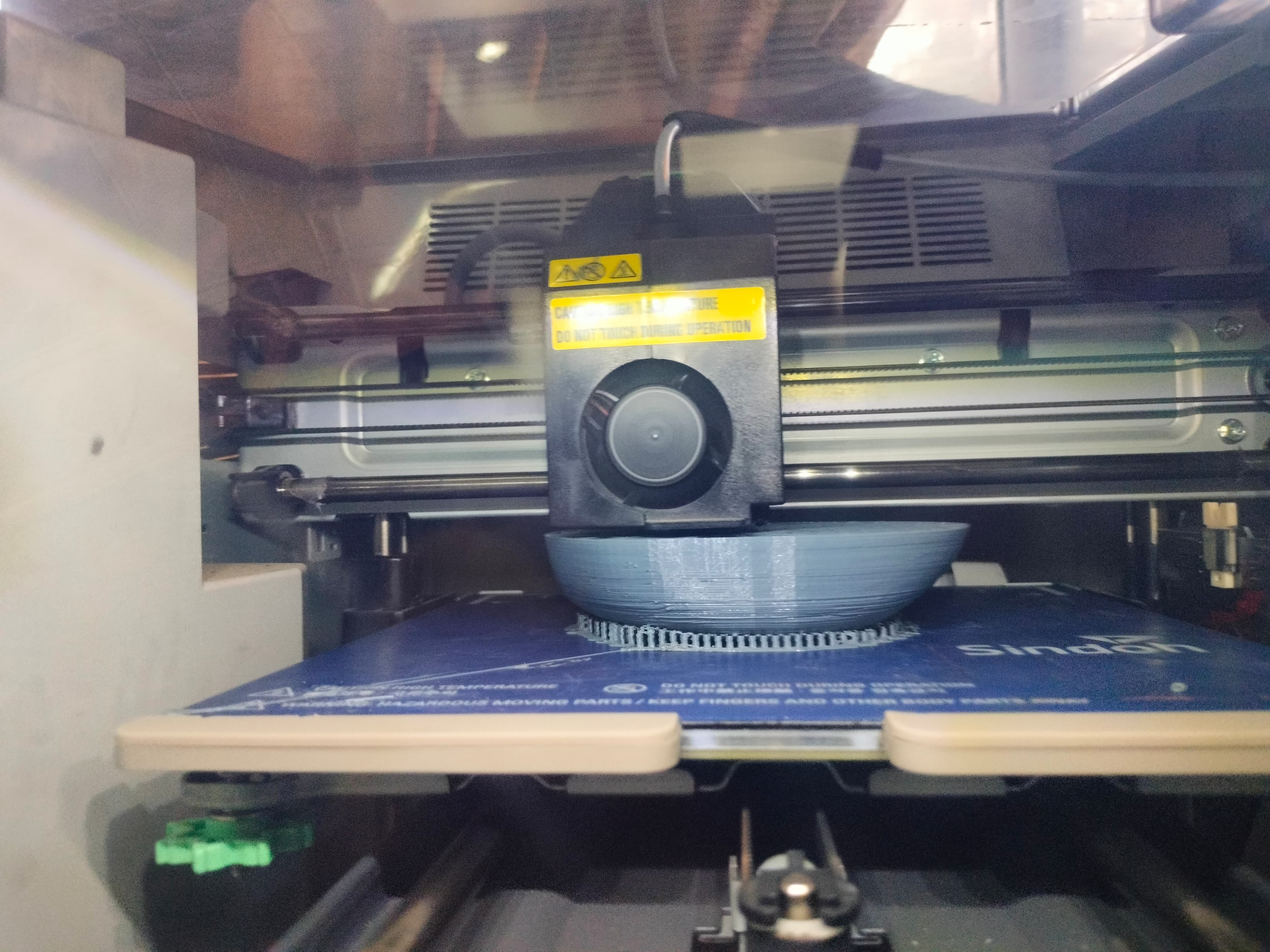
Easy to grab eraser without fine gripping required and using the push of the palm movement for comfortable erasing.
Result(s):Adaptive Board
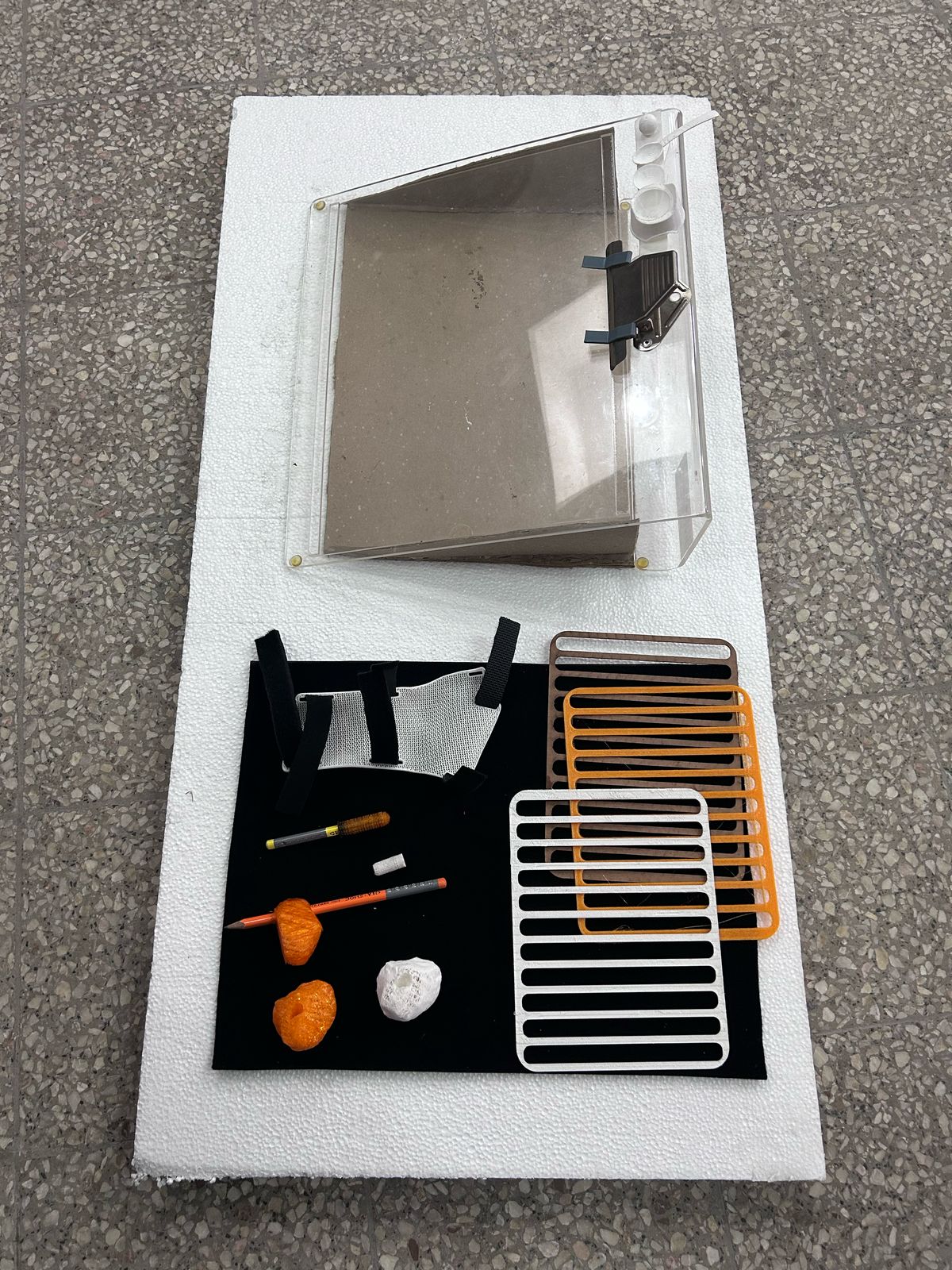
1. We based the adaptive board on top of cardboard.
2. Cardboard had to be cut into two parts: base and sides.
3. Base was measured by putting the board parallel to it.
4.Sides were measured by putting the based board perpendicularly, to cut triangular sides.Contact points were denoted and cut.
Future Prospect(s)
Pencil Gripper
Future advancements may include smart adaptive grips with pressure sensors, ergonomic customization via 3D printing, and AI-assisted handwriting training for children and individuals with disabilities.
Stencils
Digital and AR-based stencils could revolutionize design and education, enabling precision drawing and accessibility for artists and learners with disabilities.
Cock-up Splint
Future splints may integrate lightweight, flexible materials, AI-based motion tracking, and 3D scanning for personalized fit, enhancing rehabilitation outcomes.
Eraser Holder
Innovations may focus on ergonomic, adaptive designs with auto-rotating or self-cleaning mechanisms, making them more efficient for individuals with limited dexterity.
Page Turner
AI-powered robotic page turners and voice-controlled smart devices will make reading more accessible, particularly for people with severe mobility impairments.
Visual Aids
Future devices will likely integrate AI, AR, and real-time object recognition, providing immersive accessibility solutions for the visually impaired, including smart glasses with instant text-to-speech conversion.
Clamp
Future developments may include robotic, voice-controlled, and AI-driven clamps that adapt grip strength dynamically, aiding industrial and accessibility applications.
STL (3D Models File)
All, the 3D Design files can be downloaded from here: https://drive.google.com/drive/folders/10qftPgw9yH_EPtHvF4AzrSY_wE8tgjvt?usp=sharing

